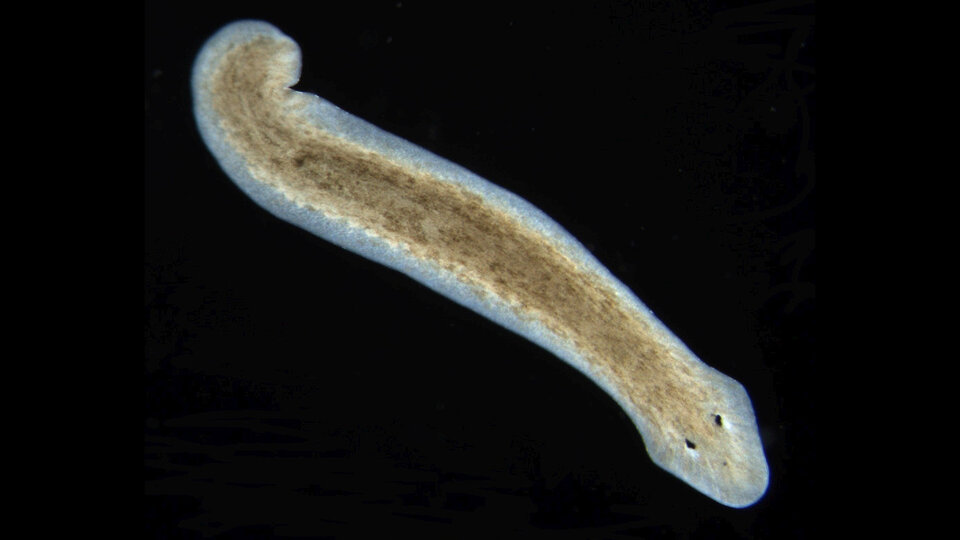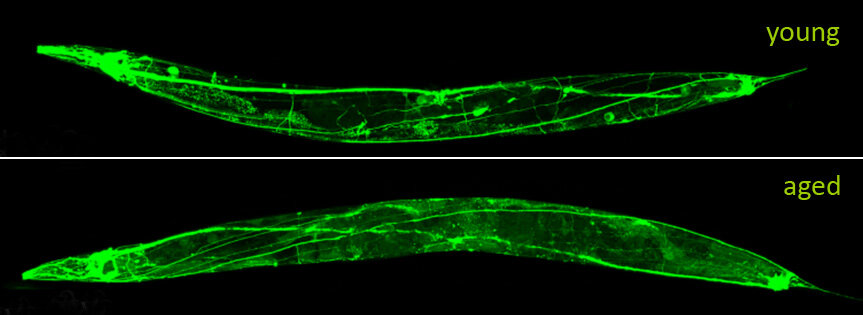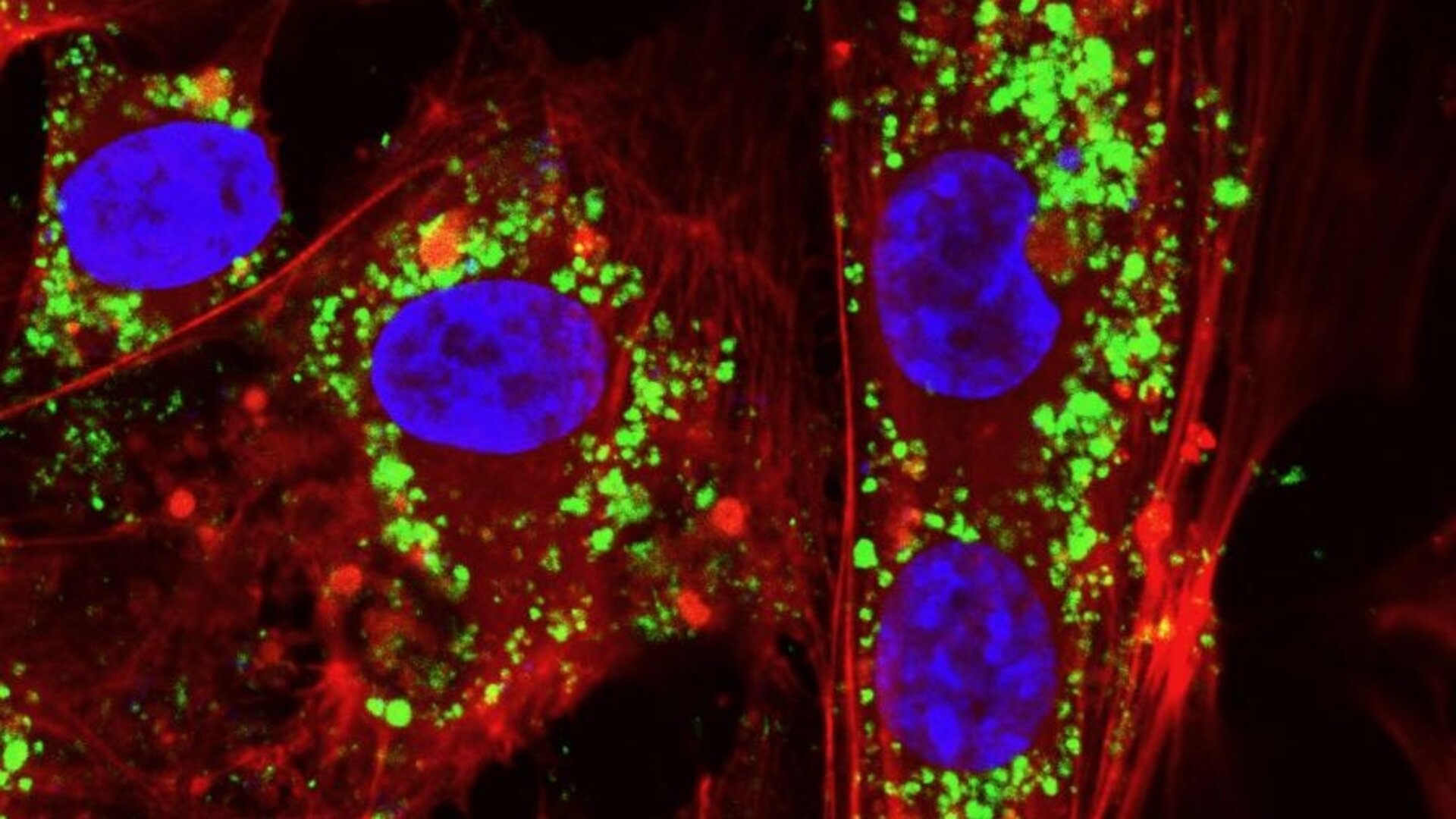Testing space drugs on flatworms
Astronauts aren't the only beings that face tough conditions whilst in space. Long-term space exploration will require crops and livestock, which will also suffer the effects of microgravity and the lack of Earth's protective atmosphere. Prolonged weightlessness and cosmic radiation lead to body tissue deterioration and cause reactive forms of oxygen to build up in the body. This can damage cells, resulting in premature aging and degenerative diseases. But antioxidants can be used to reduce these effects.
A new ESA-backed investigation aims to better understand and mitigate the impact of weightlessness and radiation on living organisms using a type of flatworm called a planarian. In particular, the research will use ESA's low gravity facilities to explore the effects of a particular antioxidant on the flatworm with and without gravity. It will be carried out by a postdoc fellow co-funded by ESA and the Italian Institute of Technology *.

"We plan to test cerium oxide nanoparticles as a candidate antioxidant drug to counteract the effects of oxidative stress on planarians," explains Dr. Andrea Degl'Innocenti, who will undertake the research. "Existing antioxidants need to be administered frequently or are difficult to distribute evenly. Nanoparticles may provide a good alternative; they scavenge reactive oxygen and have essentially no known toxic effects."
The flatworms Andrea plans to test on are regulars in biological research thanks to their incredible ability to regenerate an entire new worm from each fragment when cut up into little pieces. They are effectively immortal and can endure extended periods of not eating by 'de-growing', making them very easy to care for. Capitalising on previous ESA-supported efforts, this study will explore at unprecedented levels the effects on the cells of these flatworms being exposed to different levels of gravity for prolonged periods.

This research is one of the latest ideas received through ESA's Open Space Innovation Platform, OSIP, through which anybody can propose novel ideas to address space-related challenges. Other OSIP-submitted research ideas selected for funding in February 2020 include a plan to explore the resilience and sustainability of using space, a study of the space debris between Earth and the Moon, and an exploration of the radiation damage on the Gaia satellite's focal plane.
OSIP is implemented by ESA Discovery & Preparation but invites ideas from across ESA's scope of activities – take a look for yourself.
*The research comes under an IIT group called Smart Bio-Interfaces, which focuses on the development and exploitation of physically active nanoparticles and nanostructured materials.


